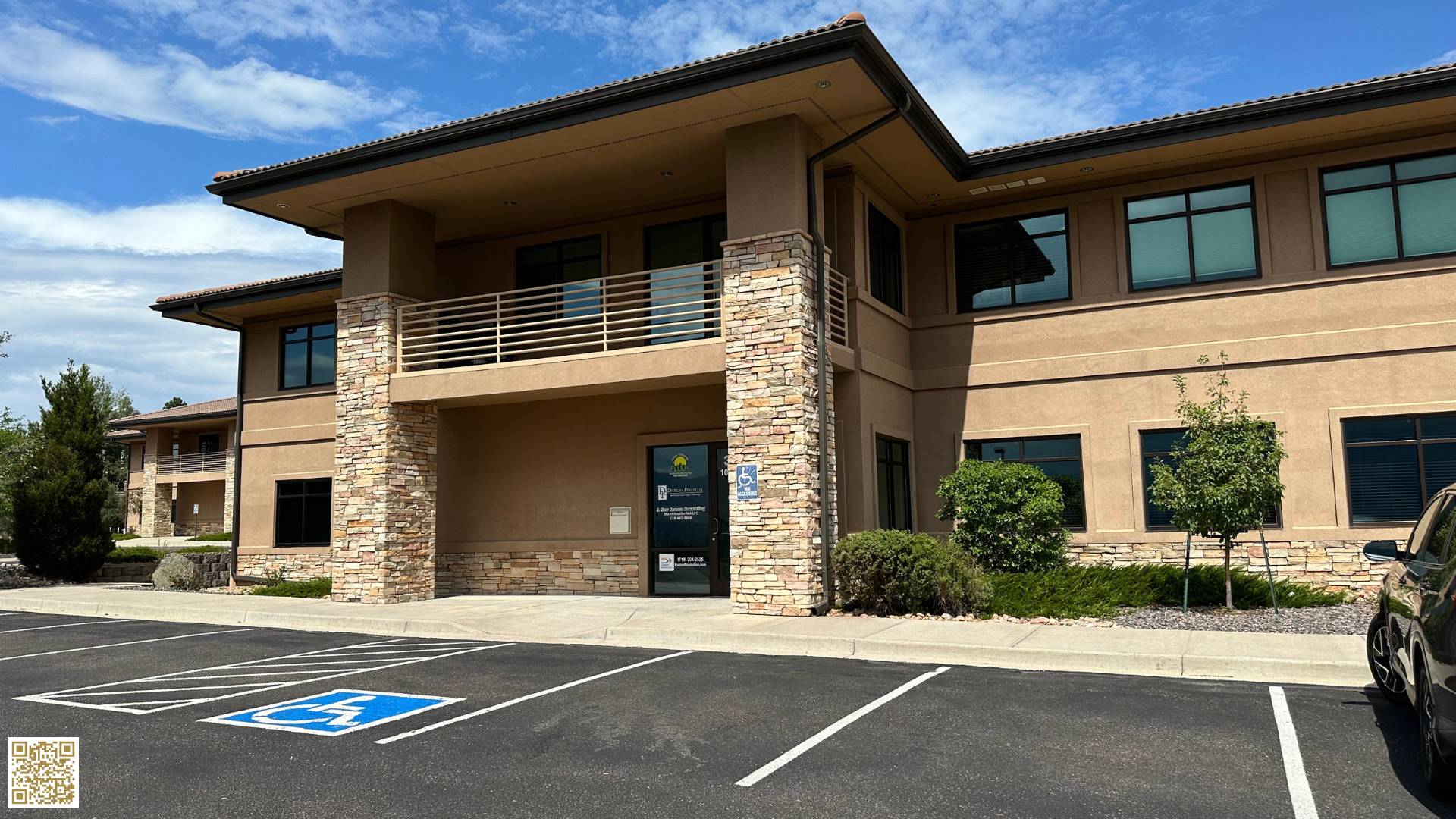Mastering high-quality content involves knowing your audience through data-driven analysis and crafting headlines that hook with curiosity and urgency. Develop a strong structure with clear hierarchies and logical flow to keep readers engaged. Optimize for SEO by integrating targeted keywords and ensuring mobile-friendliness. Enhance content with relevant, high-quality visuals that boost engagement. Regularly measure performance using key metrics like page views and bounce rates to refine your strategy. Social media metrics and platform-specific approaches also play crucial roles in content distribution. Dive deeper to uncover more effective strategies that drive results.
Understanding Your Audience
To create high-quality content, you must first understand your audience's needs, preferences, and behaviors through data-driven analysis. Start by diving deep into audience demographics. This includes age, gender, location, and interests. By gathering this data, you can identify patterns and trends that reveal what your audience truly cares about. This step ensures that your content isn't just seen, but genuinely resonates with those who consume it.
Next, develop detailed user personas. These fictional characters represent your ideal audience segments and are crafted based on the demographic data you've collected. User personas provide a clearer picture of who your audience is, helping you tailor your content to meet their specific needs and desires. This approach fosters a sense of belonging and connection, making your audience feel understood and valued.
Data-driven analysis also helps you track how your audience interacts with your content. By monitoring engagement metrics, you can continuously refine your approach, ensuring your content remains relevant and engaging. In a digital landscape where connection is key, understanding your audience deeply is the foundation of creating content that not only attracts but retains loyal followers.
Crafting Engaging Headlines
Knowing your audience is half the battle; now let's capture their attention with compelling headlines that draw them in. Crafting engaging headlines hinges on understanding headline psychology. Your goal is to create an immediate emotional connection. Use emotional triggers like curiosity, urgency, and excitement to make your headlines irresistible.
For example, rather than saying 'Tips for Better Writing,' try 'Unlock the Secrets to Mastering Writing Today.' The latter taps into curiosity and promises immediate benefits. Data shows that headlines with numbers or lists perform 36% better. So, a headline like '7 Proven Techniques for Engaging Content' is more likely to grab attention.
Incorporate power words that evoke strong emotions. Words like 'ultimate,' 'exclusive,' and 'unbelievable' can make a significant impact. Additionally, using questions in your headlines can pique curiosity. For instance, 'Are You Making These Common Writing Mistakes?' invites readers to find out more.
Don't forget SEO optimization. Include keywords naturally to improve search engine ranking. A headline like 'Boost Your SEO with These Headline Psychology Tips' combines emotional triggers with SEO strategy, ensuring your content reaches the right audience.
Developing a Strong Structure
Building a strong structure for your content ensures that readers stay engaged from the introduction to the conclusion, guiding them seamlessly through your key points.
Start by establishing a clear content hierarchy that prioritizes the most important information first. This way, your audience can quickly grasp the essence of your message. Use headings, subheadings, and bullet points to break down complex topics into digestible segments. Not only does this improve readability, but it also enhances content flow, making your material more accessible and appealing.
Data shows that well-structured content retains reader interest and increases time spent on the page. Incorporate a logical progression of ideas, ensuring each section naturally leads to the next.
This will create a narrative that resonates with your audience, fostering a sense of belonging and understanding. Remember, a cohesive structure isn't just about organizing your thoughts; it's about creating an experience that feels intuitive and rewarding.
Optimizing for SEO
Mastering SEO techniques ensures your high-quality content gets the visibility it deserves, driving more organic traffic to your site.
To start, you need to focus on keyword research. Understanding what your audience is searching for helps you target the right keywords. Use tools like Google Keyword Planner or Ahrefs to find keywords that have high search volume but low competition. This way, you're not just guessing what terms to include; you're basing it on data.
On-page optimization is equally crucial. This involves strategically placing your chosen keywords in key areas like the title, headers, meta descriptions, and throughout the body text. But don't overdo it; aim for a natural flow. Google's algorithms favor content that reads well and offers genuine value to readers.
User experience also plays a role in SEO. Ensure your site is mobile-friendly and loads quickly. Both factors significantly impact your search engine rankings.
Engage with your audience by including internal links to keep them exploring your content. Doing so not only boosts your SEO but also fosters a sense of community and belonging among your readers.
Incorporating Visual Elements
Incorporating visual elements can significantly boost your content's engagement and retention rates.
Choose effective images that resonate with your audience and enhance your message.
Additionally, utilize infographics wisely to present complex data clearly and attractively.
Selecting Effective Images
Choosing the right images can significantly enhance your content, making it more engaging and visually appealing for your audience.
Effective image sourcing is crucial; consider using high-quality, relevant images from reputable sources or stock photo websites. Consistency in visual elements creates a cohesive look that resonates with your audience, fostering a sense of belonging and trust. When selecting images, ensure they align with your brand's aesthetics and message.
Data shows that articles with relevant images receive 94% more views than those without. This means that the images you choose aren't just decorative—they're essential for driving engagement and SEO performance.
Optimize your images by including descriptive filenames and alt text, which helps search engines understand the content and improves accessibility.
Utilizing Infographics Wisely
Because infographics can convey complex information quickly and clearly, they're a powerful tool to boost audience engagement and retention. When you use infographics wisely, you not only make your content more appealing but also enhance your audience's understanding. Infographic design should be both visually striking and informative. Focus on creating a balanced layout where data visualization elements highlight key points without overwhelming the viewer.
To start, identify the core message you want to communicate. Your infographic should simplify this message using charts, graphs, and icons. High-quality data visualization transforms raw numbers into compelling narratives that resonate with your audience. This approach makes intricate data more digestible and shareable.
SEO optimization is crucial. Use relevant keywords in your infographic's title, description, and alt text to improve its search engine ranking. Share your infographics across social media platforms to foster a sense of community and belonging among your followers.
Measuring Content Performance
Evaluating your content's performance is crucial for understanding its impact and refining your strategy for better engagement. By leveraging content analytics, you gain insights into how well your material resonates with your audience. Key performance metrics, such as page views, bounce rates, and time on page, help you pinpoint what's working and what needs improvement.
Start with Google Analytics to track these vital statistics. This tool provides a wealth of data, from user demographics to specific behavior patterns on your site. Dive into the performance metrics to understand which pieces of content drive the most traffic and which ones fall flat. Don't just focus on the numbers; look for patterns and trends that reveal your audience's preferences and habits.
Social media analytics also play a significant role. Platforms like Facebook, Twitter, and LinkedIn offer their own metrics, such as likes, shares, and comments, giving you a broader picture of your content's reach and engagement. Pay attention to these metrics to gauge audience interaction and sentiment.
Conclusion
You've got the tools to master high-quality content.
Understand your audience, craft engaging headlines, develop a strong structure, and optimize for SEO.
Don't forget to incorporate visual elements and measure your content's performance.
By focusing on these strategies, you'll create compelling content that resonates and ranks.
Keep refining your approach and stay data-driven.
Ready to see your content soar? Start implementing these tips today and watch your audience grow!














